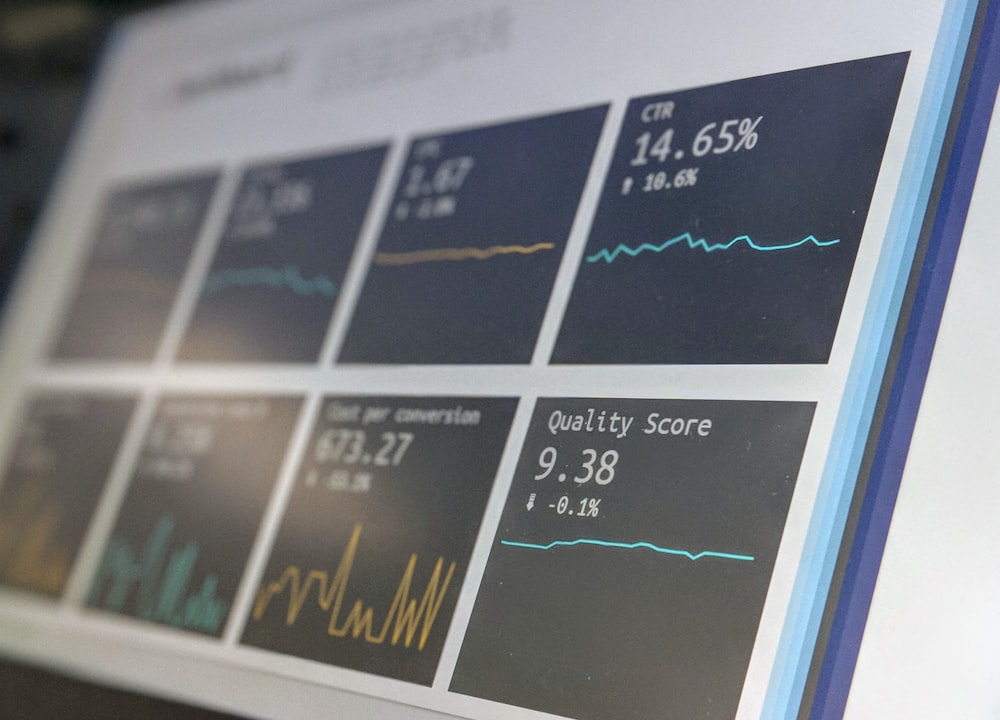Outliers stand as enigmatic figures, capable of distorting the very fabric of our understanding.
Among the many statistical tools at our disposal, the median often serves as a reliable beacon, guiding us through the noise toward a more robust understanding of central tendency.
In this journey, we’ll unravel the mysteries surrounding outliers, understand their influence on statistical measures, and delve into the nuanced relationship between outliers and the median.
So, grab your magnifying glass, sharpen your analytical wit, and let’s embark on this enlightening quest to decode the enigma of outliers and their effect on the median.
Key Takeaways
-
- Outliers can significantly impact the median’s accuracy, especially in smaller datasets.
-
- Employing strong statistics techniques can help mitigate the influence of outliers on median calculations.
-
- The median is resilient to outliers, providing a more reliable measure of central tendency compared to the mean.
-
- In skewed distributions, the median offers a more accurate representation of the central value.
-
- The median protects individual data points in sensitive datasets, making it a preferred measure in certain applications.
-
- Strategies like Winsorization, Trimming, Strong Estimators, and Data Transformation can improve the strongness of median calculation in the presence of outliers.
Understanding Outliers in Statistics
When investigating the area of statistics, it’s super important to grasp the impact outliers have on our analysis.
Outliers are data points significantly different from other observations in a dataset.
They can skew our results, especially when calculating the median.
These extreme values have the potential to distort the true central value, making it critical to understand and address them effectively.
In statistical analysis, the median is less influenced by outliers compared to the mean.
Now, even a single outlier can significantly affect the median, especially in smaller datasets.
We must be mindful of these extreme values to ensure our calculations accurately represent the data’s central tendency.
One strategy to handle outliers when calculating the median is to employ strong statistics techniques.
These methods are designed to reduce the impact of outliers on our results, providing a more reliable estimate of the central value.
Definition of Median and Its Importance
When it comes to describing the central tendency of a dataset, the median is huge in providing a balanced representation.
The median is the middle value of a dataset when it is arranged in ascending or descending order.
Unlike the mean, the median is not affected by extreme values or outliers, making it a strong measure of central tendency.
-
- Resilience to outliers: The median resists the influence of extreme values, ensuring a more reliable measure, especially when outliers are present in the dataset.
-
- Balancing skewed data: In skewed distributions, the median provides a more accurate representation of the central value compared to the mean.
-
- Maintaining confidentiality: In sensitive datasets, the median protects individual data points, making it a preferred measure in certain applications.
Impact of Outliers on the Median
When outliers exist in a dataset, they can significantly influence the calculation of the median.
Unlike the mean, which takes all values into account, the median is resistant to the impact of outliers.
Even if the dataset contains extreme values, the median remains unchanged as it is solely determined by the middle value after arranging all data points in numerical order.
This characteristic makes the median a strong measure of central tendency in the presence of outliers.
In situations where outliers are present, the median provides a more accurate representation of the central value than the mean.
Strategies to Handle Outliers in Median Calculation
When dealing with outliers in the median calculation, it’s critical to carry out strategies that ensure accurate results.
Here are some effective approaches to handle outliers:
-
- Winsorization: Adjusting extreme values to be closer to the rest of the data, reducing the impact of outliers on the median.
-
- Trimming: Removing a certain percentage of the highest and lowest values in the dataset to mitigate the influence of outliers.
-
- Strong Estimators: Use strong estimation techniques like the Median Absolute Deviation (MAD) to calculate a more resistant measure of central tendency.
-
- Data Transformation: Applying transformations such as logarithmic or box-cox transformations to normalize the data distribution and reduce the impact of outliers.
By recognizing how outliers skew the central tendency measure, you can ensure more accurate and reliable interpretations of your data.
Whether you’re analyzing financial data, studying trends in healthcare, or exploring patterns in consumer behavior, being equipped with the knowledge to identify and appropriately handle outliers can greatly enhance the integrity and insightfulness of your analyses.


